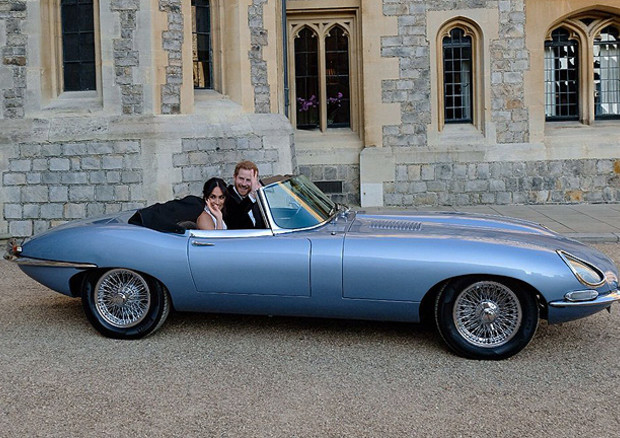The speaker volume is very low with an 8 ohm speaker - even if the 10 ohm series resistor is bypassed. What workaround do you recommend for this?
Should be plenty loud, might try swapping out the 3906?
I also want to add the auto-track freeze feature as per the Hammerhead design. Do I simply cut the track and put a switch between pin 5 of TL072 and the 220k Sat Adj resistor?
Do you mean a static pinpoint? Originally there was such a feature on the original circut board versions. It was removed, we felt it was needed. You can add it back in, it basically switches SAT to min. setting. You will have to rework the PCB you have, see pix, can then add a toggle switch or a normally on type push button switch wired to the solder pads marked PP.

Should be plenty loud, might try swapping out the 3906?
I also want to add the auto-track freeze feature as per the Hammerhead design. Do I simply cut the track and put a switch between pin 5 of TL072 and the 220k Sat Adj resistor?
Do you mean a static pinpoint? Originally there was such a feature on the original circut board versions. It was removed, we felt it was needed. You can add it back in, it basically switches SAT to min. setting. You will have to rework the PCB you have, see pix, can then add a toggle switch or a normally on type push button switch wired to the solder pads marked PP.






Comment